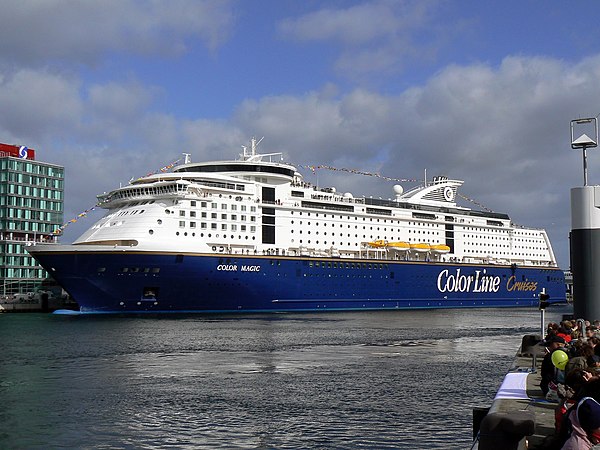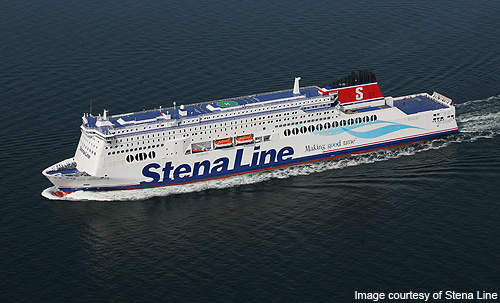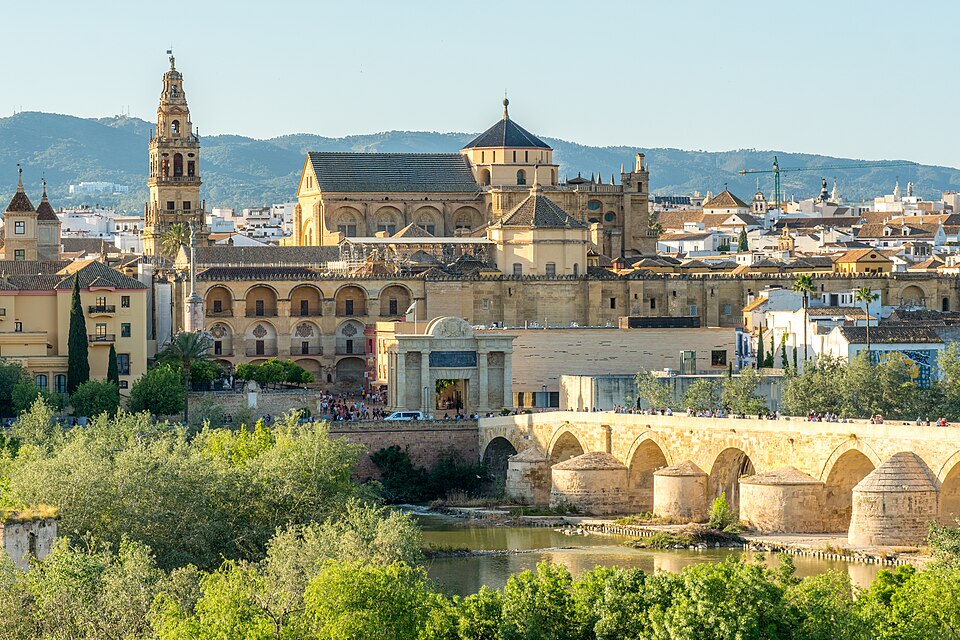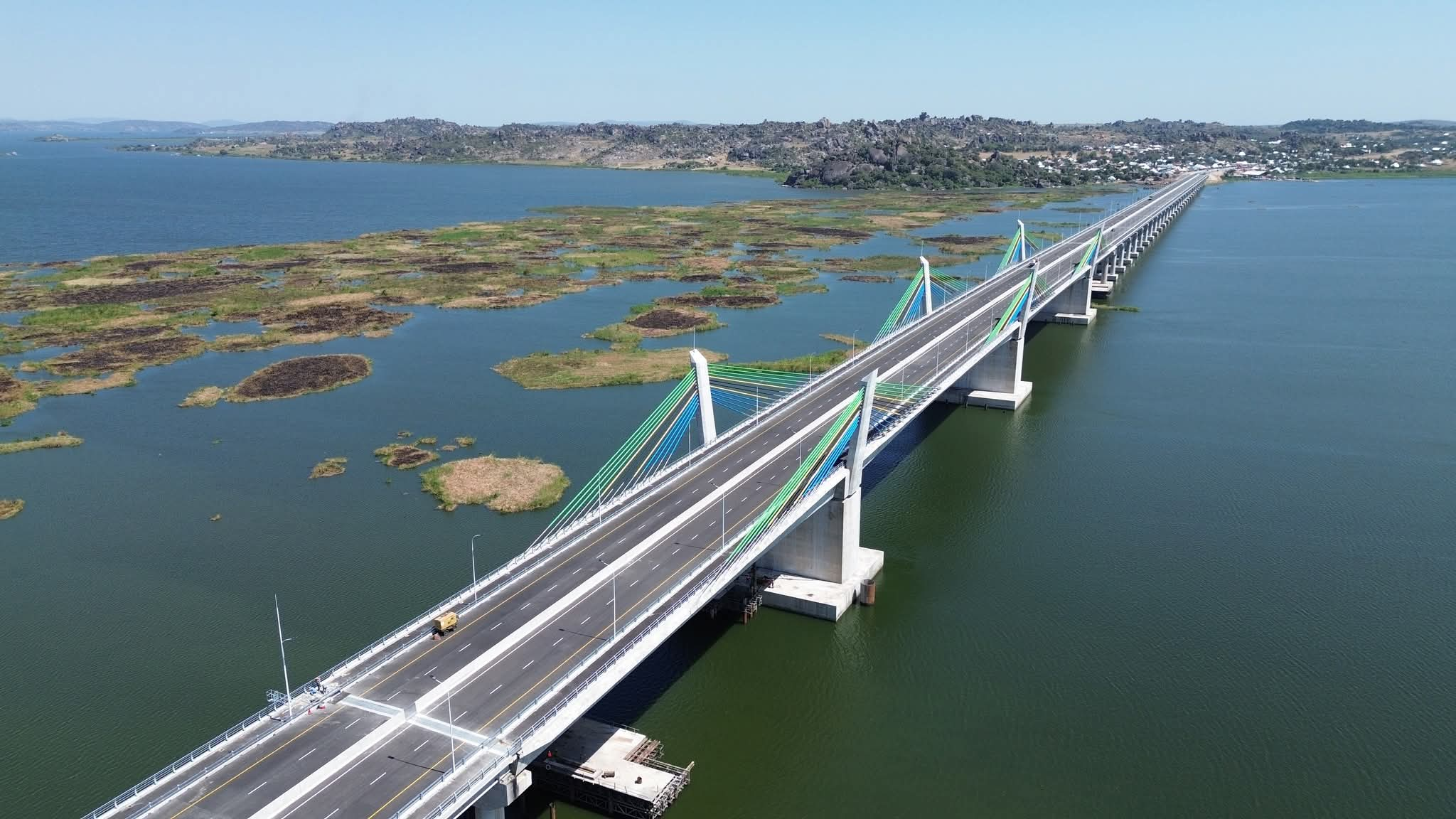WATER TAXIS: Meet the Largest Ferries in the World

Did you know that the Istanbul Ferry Network which has 87 vessels serving 86 ports of call in and around the Bosporus of Istanbul, Turkey, ferrying 40 million passengers annually, is the largest ferry network and busiest in the world?
Ferries are transportation boats that transports passengers, and occasionally vehicles and cargo, across a body of water. Passenger ferries are versions of land taxis and are often referred to as water taxi or water bus. As expected, ferries form a part of the public transport systems of many waterside cities and islands, allowing direct transit between points at a capital cost much lower than bridges or tunnels.
In terms of gross tonnage, the largest ferry in the world is the 75,156-ton Color Magic, built by Aker Finnyards of Finland, and operated by Color Line on the route between Oslo in Norway and Kiel in Germany. She was built at Aker Finnyards Rauma Shipyard, Finland in 2007 and has been the largest ferry in the world ever since.
Its sister ship, Color Fantasy, comes a close second in tonnage. It was delivered to Color Line in 2004. The ship has over 1000 cabins and 54 suites. Unlike her sister, Color Fantasy was built in Turku. Color Magic has 1089 cabins, as well as larger conference facilities, making it slightly larger in terms of gross tonnage.

As a measure of the total internal volume of a ship, gross tonnage is most commonly used to compare the size of civilian ships. However, single dimensions are also often compared. For example, Cruise Roma became the longest ferry in the world after being lengthened in 2019. The cruise ferry Silja Europa with a gross tonnage of around 60,000 tonnes can carry up to 3,750 passengers, more than any other ferry in Europe.
Meanwhile, the Stena Hollandica is the largest combined freight and passenger ferry in the world. It is the first of two Ropax ships built at the Nordic Yards shipyard in Wismar, Germany. The Hollandica was handed over to Stena Line in May 2010, while its sister ship, the Stena Britannica, was delivered in October 2010. About £375 million was invested in the construction of the ferries.
The Hollandica cruises from Harwich in the UK to the Hook of Holland and returns the following day. The Hollandica has a gross tonnage of 62,000t and a deadweight of 11,600t. It is 240m long and has an overall beam of 240m and a draught of 6.4m.
The ship was built in accordance with Stena Line’s energy savings programme. The hull design was optimised using an advanced coating system. Catalytic converters and engines with better combustion rates help to lower the vessel’s environmental impact.
SOURCES: Wikipedia | Ship Technology


_1755775186.jpg)
